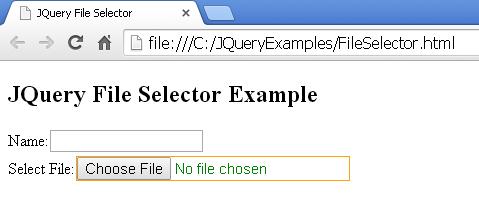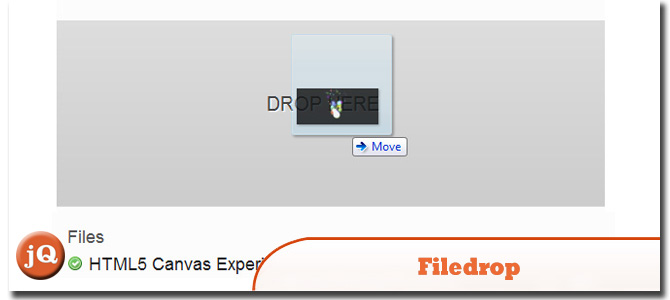
It is not recommended to use this option if you plan on sending the file contents to a server via AJAX.Įxample Usage: $('#myElement'). This is useful for pure JavaScript applications where you might want to parse file contents directly in the browser. jQuery filedrop uses the HTML5 File API to allow users to drag multiple files from desktop to the browser, uploading each file to a user-specified URL. dotnet add package jQuery.filedrop -version 1.0.1 README Frameworks Dependencies Used By Versions HTML5 drag desktop files into browser jQuery filedrop uses the HTML5 File API to allow users to drag multiple files from desktop to the browser, uploading each file to a user-specified URL. Enabling this option will decode the base64 data into the raw file contents. dotnet add package jQuery.filedrop -version 1.0.1. When JavaScript reads the file data, it comes back as base64 encoded data. It is recommended to keep this option enabled unless you need to work with dropped images in JavaScript. When this option is enabled, this will be removed from the base64 string so that the pure base64 data can be processed or sent to a server. When JavaScript reads the file data, it comes back as base64 encoded data which begins with something like 'data:text/plain base64,'. Of course, you can specify a different element with this option if needed. By default whatever you select with jQuery to will also have addClassTo applied to it. This is the element that will have the CSS class set with the overClass option applied to it. When files are dragged over the browser window, this is the CSS class that will be applied to the selected element or the element specified with the addClassTo option. jQuery (.).filedrop is not a function with jQuery 3.1.1 185 Open jmchauv opened this issue on 10 comments jmchauv commented on commented remove ('dataTransfer') change e.dataTransfer to e.originalEvent.dataTransfer to join this conversation on GitHub. This function can optionally be the only argument passed if you do not need to specify any other options. jQuery filedrop uses the HTML5 File API to allow users to drag multiple files from desktop to the browser, uploading each file to a user-specified URL. This option is required! You must provide a function to process the collection of file object that will be returned as the only argument. $('.upload-area').You may either pass in a function to loop over the collection of file (as in the example above) or you may pass in an option object if you need to be more specific.
Jquery filedrop js example code#
The below code stops the page from redirect when the file drop on the page. Works on Chrome, Firefox 3.6+, IE10+, and Opera 12+. filedrop uses HTML5 FileReader() to read file data.



jQuery filedrop uses the HTML5 File API to allow users to drag multiple files from desktop to the browser, uploading each file to a user-specified URL.

Initialize $return_arr Array with file name, size, and location.Ĭompleted Code $filename,"size" => $filesize, "src"=> $src) jQuery filedrop plugin HTML5 drag desktop files into browser. Upload file to upload folder and check file is image or not. Use upload folder to store files and also added default.png image which uses as a thumbnail for non-image type files. I am using this as file uploading area where the user can drag and drop the file or open File Dialog Box by clicking on it.ĭrag and Drop file hereOrClick to select fileĬreate upload folder and upload.php file. I created a which contains the file element and a container.


 0 kommentar(er)
0 kommentar(er)
